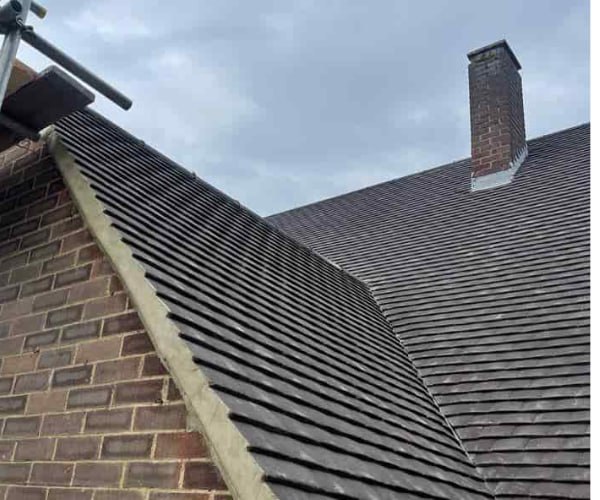Emergency Roof Repair Financing Options
Introduction: When an emergency roof repair becomes necessary, it can be a significant financial burden. At EFG Roofing Maltby, we understand that unexpected roof repairs can strain your budget, and finding the right financing options is crucial. This blog post will explore financing options for emergency roof repairs to help you make informed decisions and ensure your home remains safe and secure.
1. Homeowner’s Insurance
Your homeowner’s insurance policy is one of the first places to look for financing options. Many policies cover emergency roof repairs caused by unexpected storms, fires, or falling trees. Here’s how you can utilise your homeowner’s insurance:
- Review Your Policy: Check your policy details to understand what is covered and the extent of the coverage.
- File a Claim: Contact your insurance company to file a claim. Provide detailed information about the damage, including photographs and any assessments from roofing professionals.
- Deductible Costs: Be aware of the deductible amount you must pay out of pocket before the insurance coverage kicks in.
2. Personal Loans
Personal loans are a popular option for financing emergency roof repairs. They offer flexibility and can be obtained relatively quickly. Here’s what you need to know:
- Unsecured Loans: Personal loans are usually unsecured, meaning you don’t need to provide collateral. However, this can result in higher interest rates.
- Interest Rates: Interest rates vary based on your credit score and the loan amount. Shop around to find the best rates and terms.
- Repayment Terms: Personal loans typically offer fixed monthly payments over a set period, making it easier to manage your budget.
3. Credit Cards
Using a credit card for emergency roof repairs can be convenient, especially if the repair costs are reasonable. Consider the following:
- Interest Rates: Credit cards often have higher interest rates than other financing options. Use a low-interest rate card or an introductory 0% APR offer.
- Credit Limit: Ensure your credit limit is sufficient to cover the repair costs. If necessary, request a temporary credit limit increase from your credit card company.
- Repayment: Plan to pay off the balance quickly to avoid accruing high-interest charges.
4. Home Equity Loans and Lines of Credit
Home equity loans and lines of credit (HELOC) can be viable options for larger repair costs. These loans are secured against the equity in your home, often resulting in lower interest rates.
- Home Equity Loan: This provides a lump sum with fixed interest rates and monthly payments. It’s ideal for homeowners who need a significant amount of money upfront.
- HELOC: A HELOC works like a credit card, allowing you to draw funds up to a certain limit as needed. It offers flexibility, and you only pay interest on your use amount.
5. Government Assistance Programmes
There are various government assistance programmes available that can help finance emergency roof repairs, especially for low-income households.
- Home Repair Assistance Grants: These grants are available to eligible homeowners and do not require repayment.
- Low-Interest Loans: Some government programmes offer low-interest home repairs and improvements loans.
- Local Authority Schemes: Check with your local council to see if they offer assistance programmes for emergency home repairs.
6. Roofing Company Financing
Many roofing companies, including EFG Roofing Maltby, offer financing options to help homeowners manage the cost of emergency repairs.
- Payment Plans: Roofing companies may offer payment plans that allow you to spread the cost of repairs over several months.
- Special Financing Offers: Look for special financing offers, such as 0% interest for a promotional period or low-interest rates for qualified customers.
- Approval Process: The approval process is often quick, and the terms can be tailored to fit your budget.
7. Savings and Emergency Funds
While not a financing option per se, having a dedicated savings or emergency fund can provide a financial cushion for unexpected expenses like roof repairs. Here’s how to build and use an emergency fund:
- Regular Contributions: Set aside a small amount of monthly money into an emergency savings account.
- Goal Setting: Aim to save at least three to six months’ worth of living expenses to cover unforeseen costs.
- Accessing Funds: In an emergency, use the funds to cover the repair costs, avoiding needing loans or credit cards.
Conclusion: Emergency roof repairs can be stressful, but knowing your financing options can alleviate some of the burden. Whether you utilise homeowner’s insurance, personal loans, credit cards, or other financing methods, choosing the option that best fits your financial situation is essential.
Call us on: 01709 212 591
Click here to find out more about EFG Roofing Maltby
Click here to complete our contact form and see how we can help you with your roofing needs.

